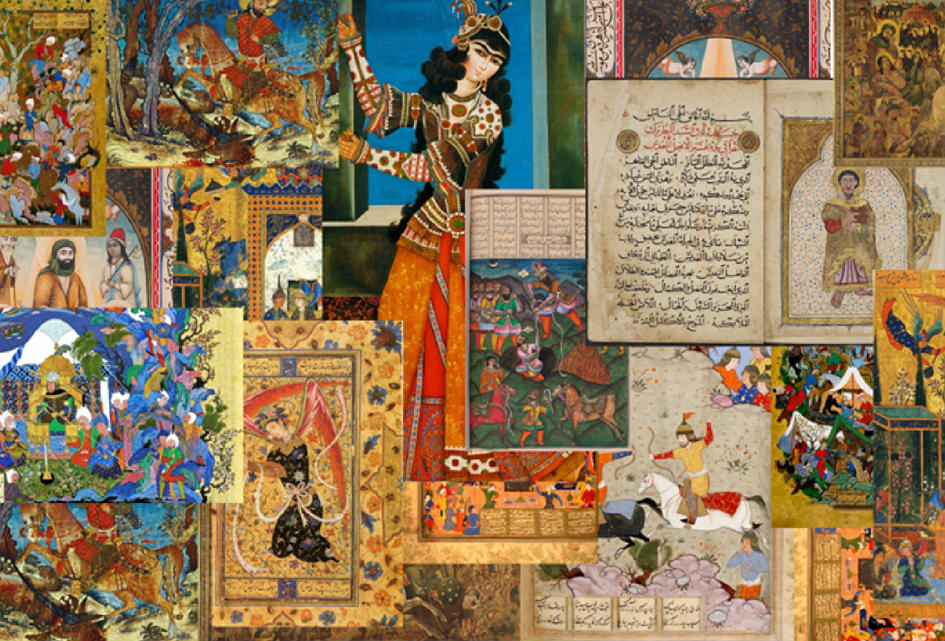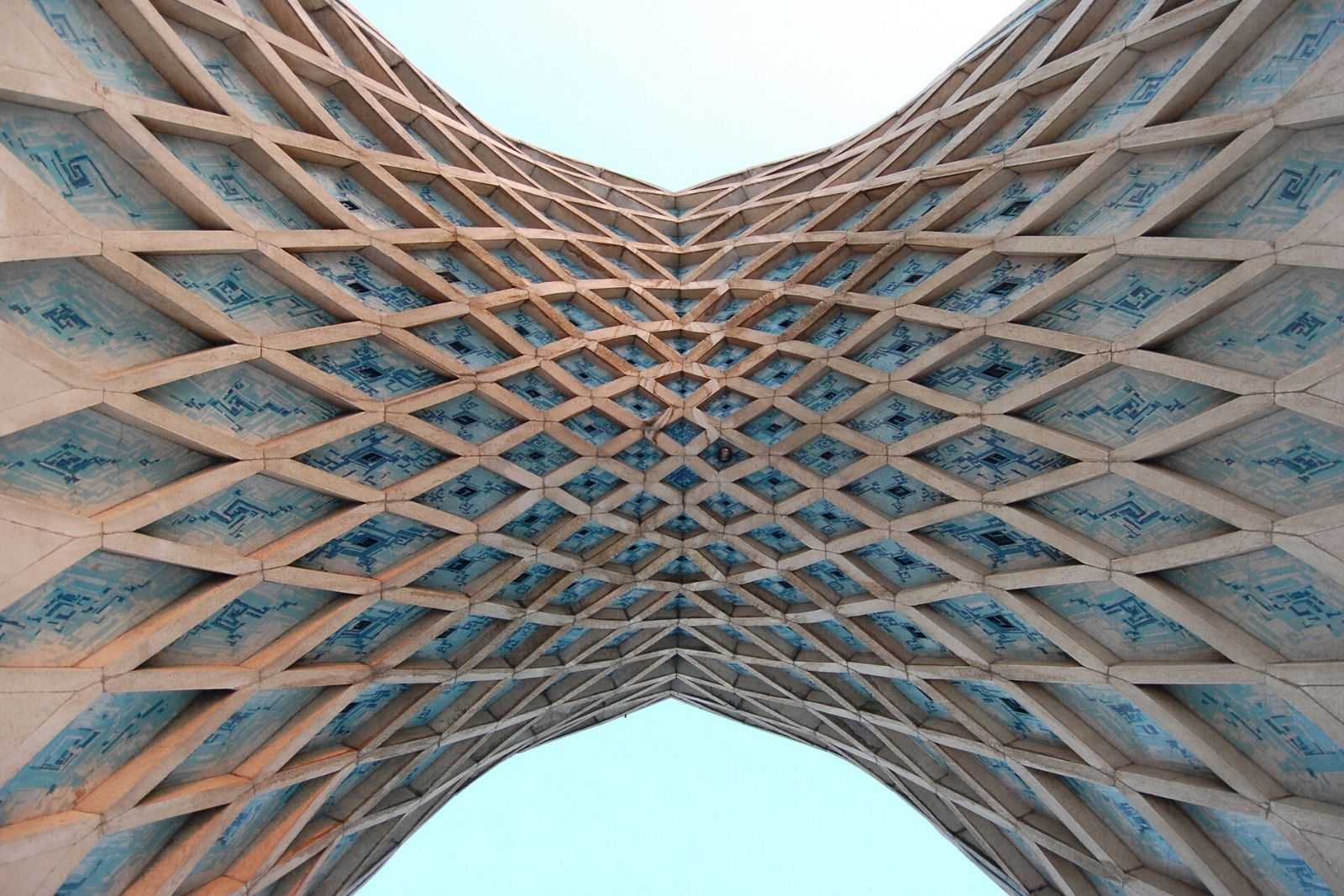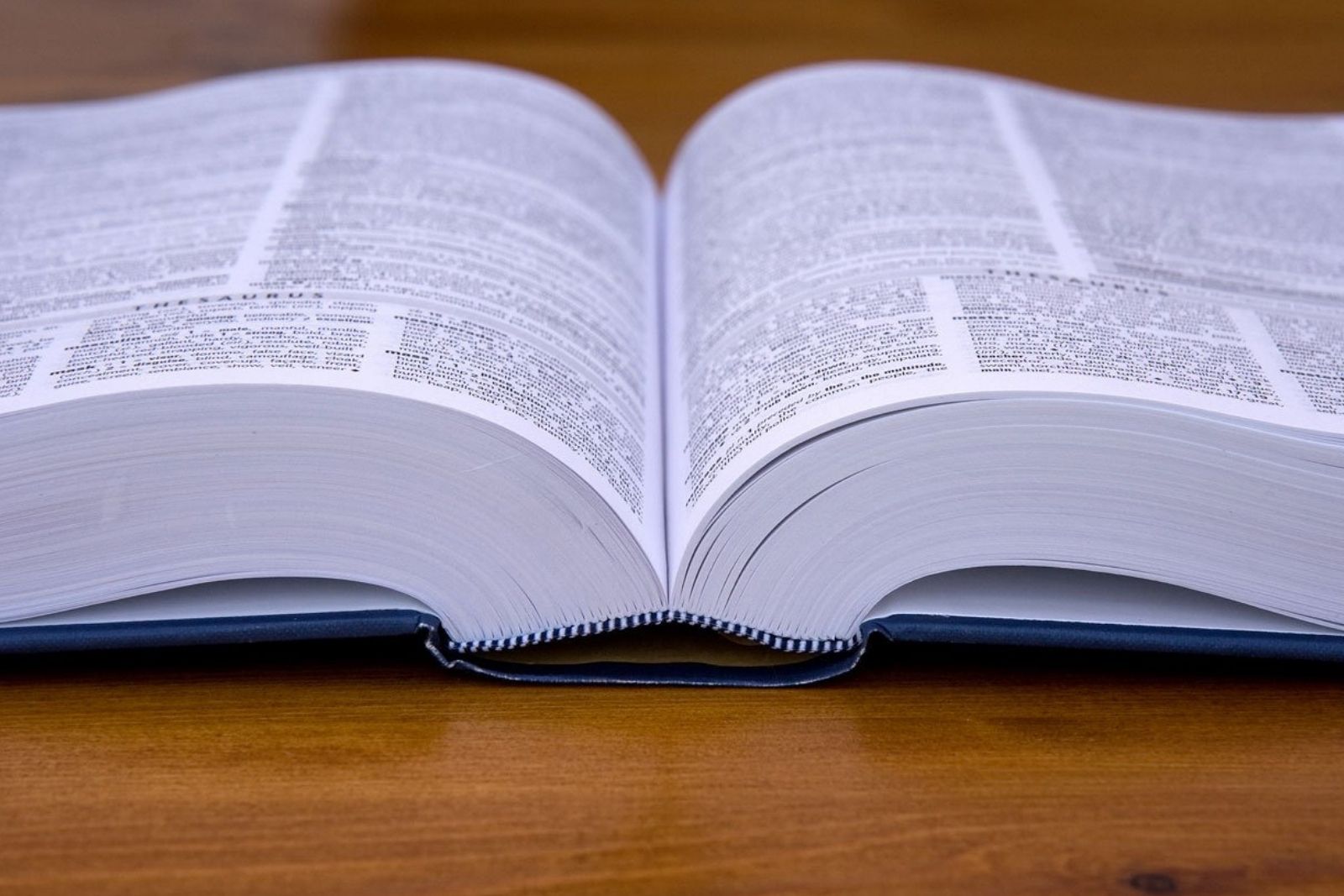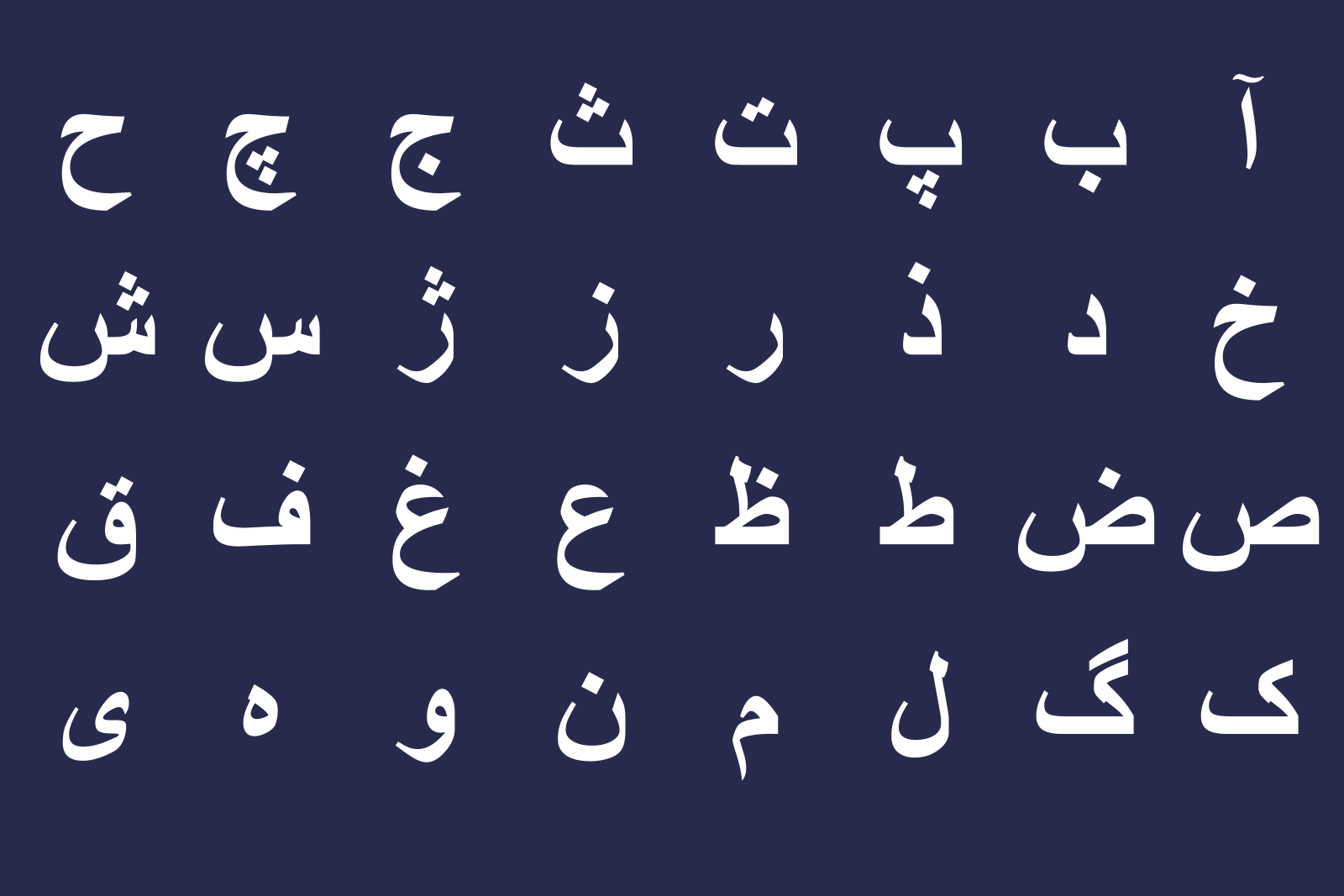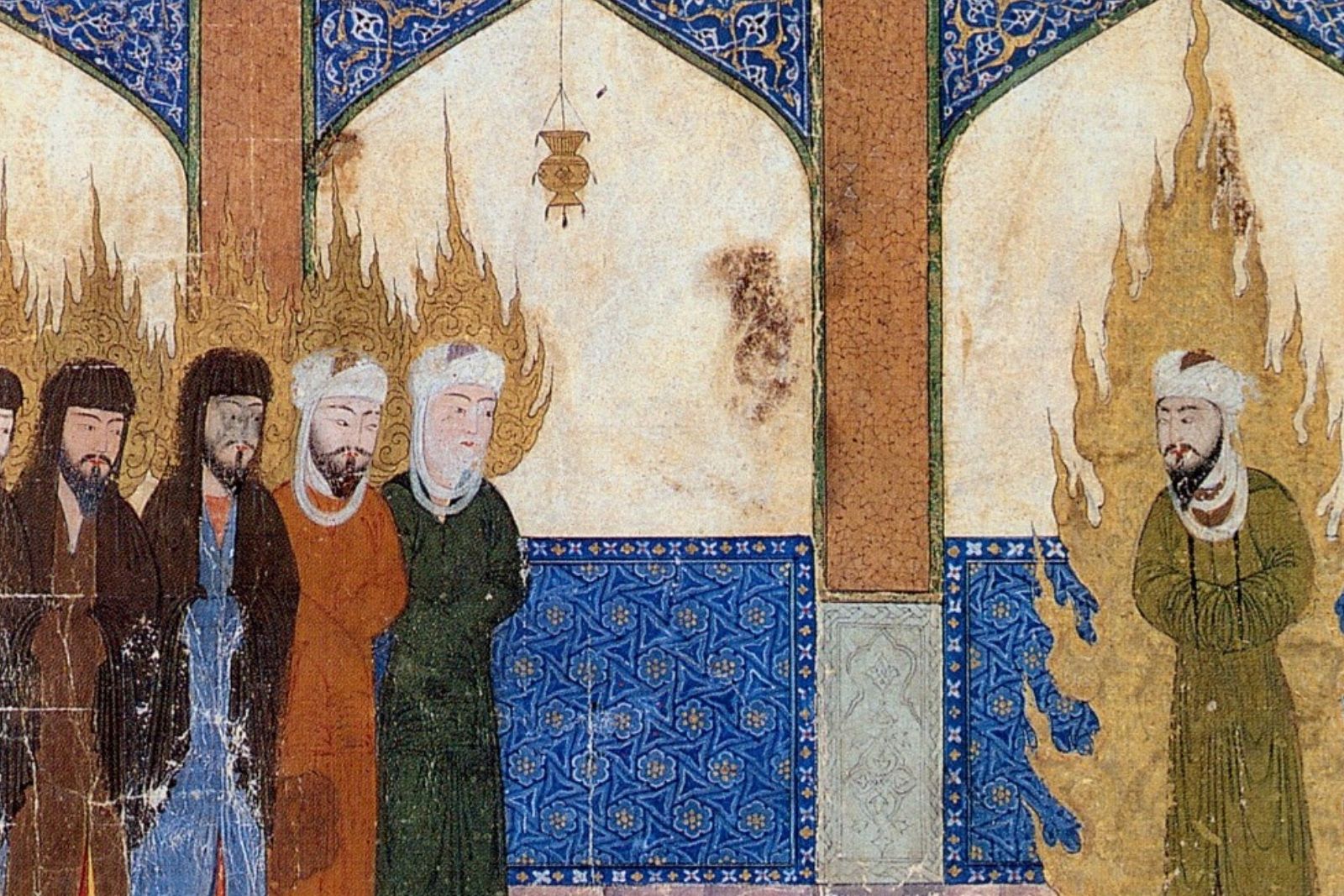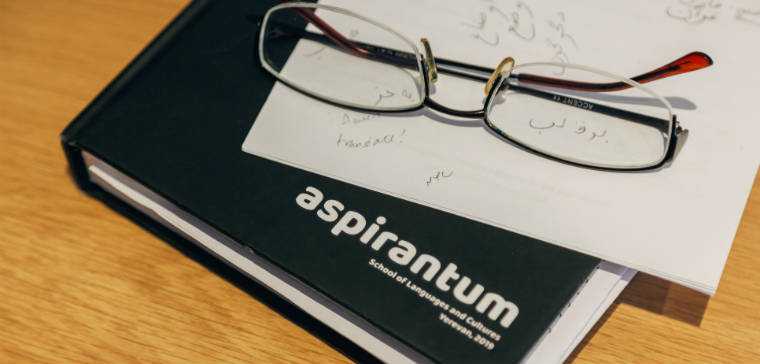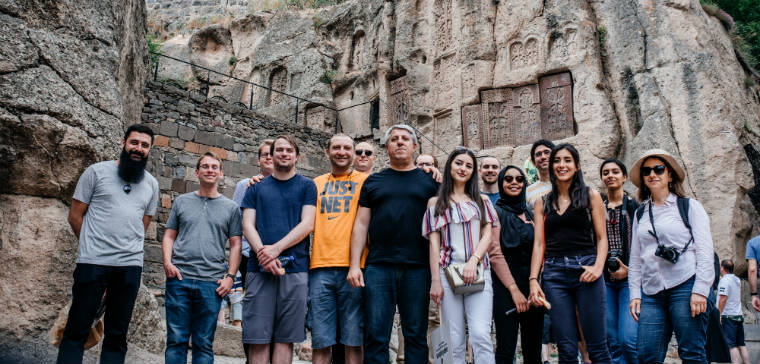The Matenadaran (Mesrop Mashtots Institute of Ancient Manuscripts in Yerevan, Armenia) collection of Islamic manuscripts now contains a total of 2715 volumes, 450 of which are Persian codices. There are historical, poetic, and medical manuscripts, as well as works devoted to Islamic theology and jurisprudence. Among the various poetical codices, there is a manuscript of the Shahname (Book of Kings) from the Qajar period that is distinctive for its inimitable artistic production (the Matenadaran also possesses a manuscript of the Shahname in prose).
The Shahname is a long epic poem consisting of somewhere between 40,000 and 60,000 lines that narrates the legendary history of the ancient rulers of Iran. It ends with the fall of the Sasanian dynasty in the middle of the 7th century. The author of the Shahname, Abul-Qasem Ferdowsi (c. 940-1020), completed it in the year 1010 and presented it to Sultan Mahmud of Ghazna (999-1020). The exact version of the Shahname that Ferdowsi completed is not known. The earliest known copy of the Shahname is an incomplete manuscript dated in the 13th century. The number and variety of later copies show that the Shahname became a popular text and was extensively copied. In the handwritten tradition of the Shahname, the poem with its preface written in prose for the Timurid prince Baysanghur ibn Shah Rukh ibn Timur (d. 1433) produced at Herat was one of several copied manuscripts. The manuscript of the Shahname kept in the Matenadaran is from this series, which we will introduce in more detail.
1. Description: Ms. 535, dated May 26, A.D. 1830; copied by Muhammad Husayn Agha Vali for Muhammad Karim Khan Bidashahri; 390 folios; paper; 23,5 x 35,5cm; 27 lines to the page, written in Naskh script; arranged in four columns and diagonally in the margins. Ms. 535 has 56 miniatures (for a description, see “Catalogue of Persian manuscripts in the Matenadaran” by Kristine Kostikyan, Yerevan, 2017, pp. 185-186).
2. The Preface: The “Baysanghur preface” (so named because Baysanghur himself was involved in its revision) is on ff. 2b-7a. The preface of Ms. 535, unlike other manuscripts of this series, does not have illustrations. In the preface, episodes from Ferdowsi’s life are described, including the persecutions of the poet by envious scribes and various court intrigues, as well as the creation of the Shahname and subsequent events. The preface also includes a short satirical poem on Sultan Mahmud of Ghazna, which is unique in its content. It contains 38 beyts and the final verses are praises to Shiite saints:
هزاران هزاران هزار آفرین
ز ما بر مجمد و ال اجمعین
Thousands and thousands of praises
From us to Mouhammad and to the whole family.
3. The Content: The Shahname is a work of mythology, history, literature, and propaganda, which expresses various aspects of the Persian culture. It contains 62 stories and can be roughly divided into three parts: the first part tells of the mythical creation of Persia and its earliest mythical past; the second part tells of the legendary kings and the heroes Rostam and Sohrab; the third part merges historical fact with legend, telling of the semi-mythical adventures of historical Kings.
The text of Ms. 535 is divided into three parts through decorated folios: ff. 2a-7b the Preface, ff. 7b-9a the “Beginning of the book (Aghaz-e ketab)”, and the final part, which is a eulogy to Sultan Mahmud of Ghazna (we also see eulogies to Sultan Mahmud on f. 247b, f. 260b, f. 309b). The f. 7b is illuminated by headpieces of polychrome and gold with marginal decorations and interlinear gilding. On f. 9a is the “Beginning of the story (Aghaz-e dastan)” and the subsequent chapters are divided into stories and short chapters with subtitles. The main stories on f. 54a (“The story of the war of seven conquerors (Dastan-e jang-e haft gordan)”), f. 55b (The story of Sohrab), f.65a (The story of Siavush), f. 91b (The story of Kay Khosrow), f. 102b (The story of the Great war with Kamus Kashani), f. 122b (The story of Akavan Div o Rostam) the scribe starts with the title, “The Beginning of the story (Aghaz-e dastan)”. Ms. 535 has several additions from epic narratives, particularly from the Garshaspname, Barzuname, and Bijanname. The Bijanname begins on f. 124b, and the Borzuname (Aghaz-e Dastan-e Borzu-ye Sohrab) follows starting on f. 135a. The third part of the epic in this manuscript begins with the story of Kay Lohrasp on f. 206b which has margins and head decorations. The story of Shirin and Khosrow is one of the most popular ancient stories in the Middle East and the Islamic world, and was considered to be a source of a great amount of folk art such as poetry, songs, and paintings. The story was based on the real story of the Persian Prince Khosrow and Princess Shirin, who lived in the 6th century AD. This story can also be found in Ms. 535 on ff. 370a-376b.
The colophon of the manuscript is on f. 385a.
It can be surmised that the source for the scribe of Ms. 535 is presumably a text copy compiled in the 17th century.
4. Illustrations: The earliest known illustrated copies of the Shahname are dated back to 1300. When it began to be produced as an illustrated text, painters also altered narratives of the epic episodes during the process of illustrating them, inserting their own perceptions of the story. As a result, each manuscript is a unique creation which will not be neglected.
Ms.535 of Matenadaran has 56 miniatures, some of which follow.
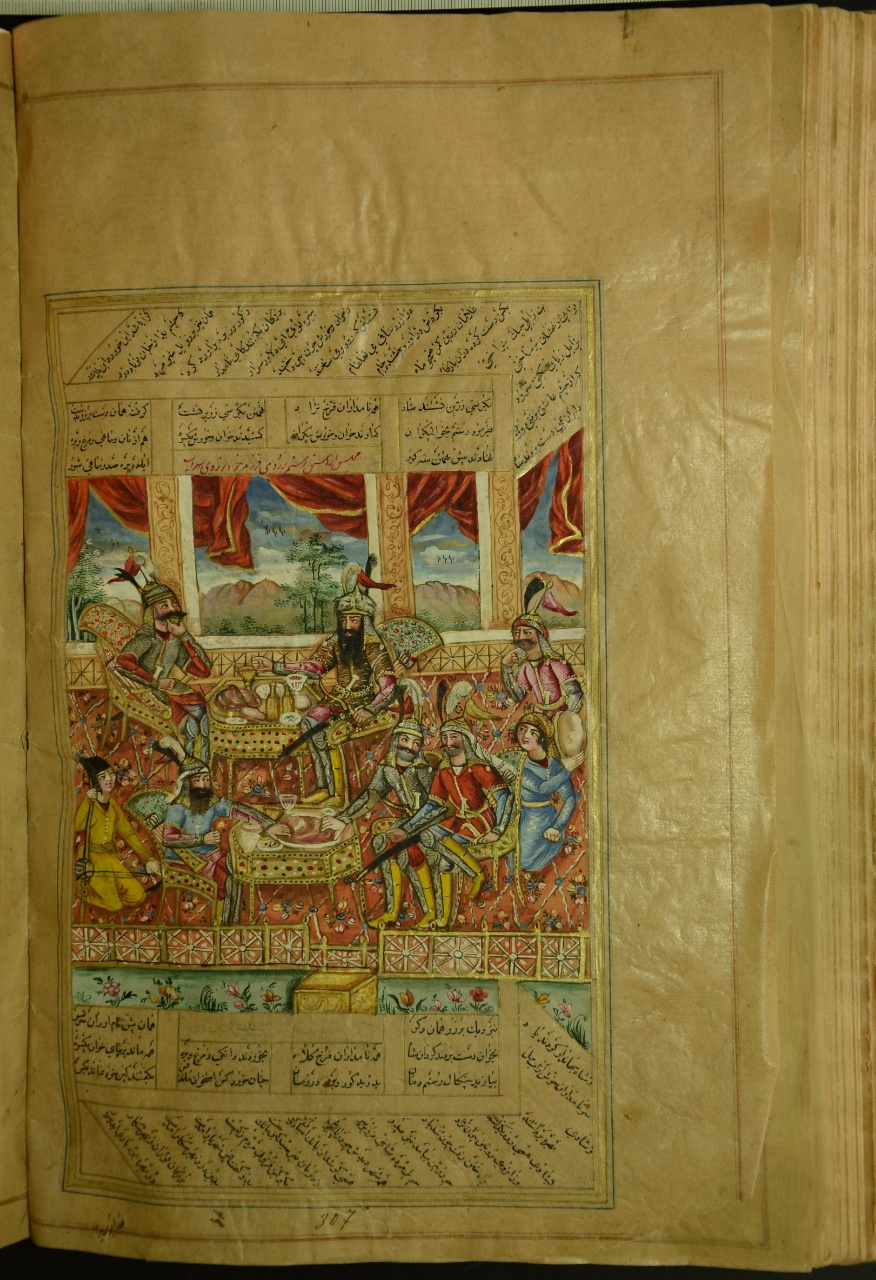
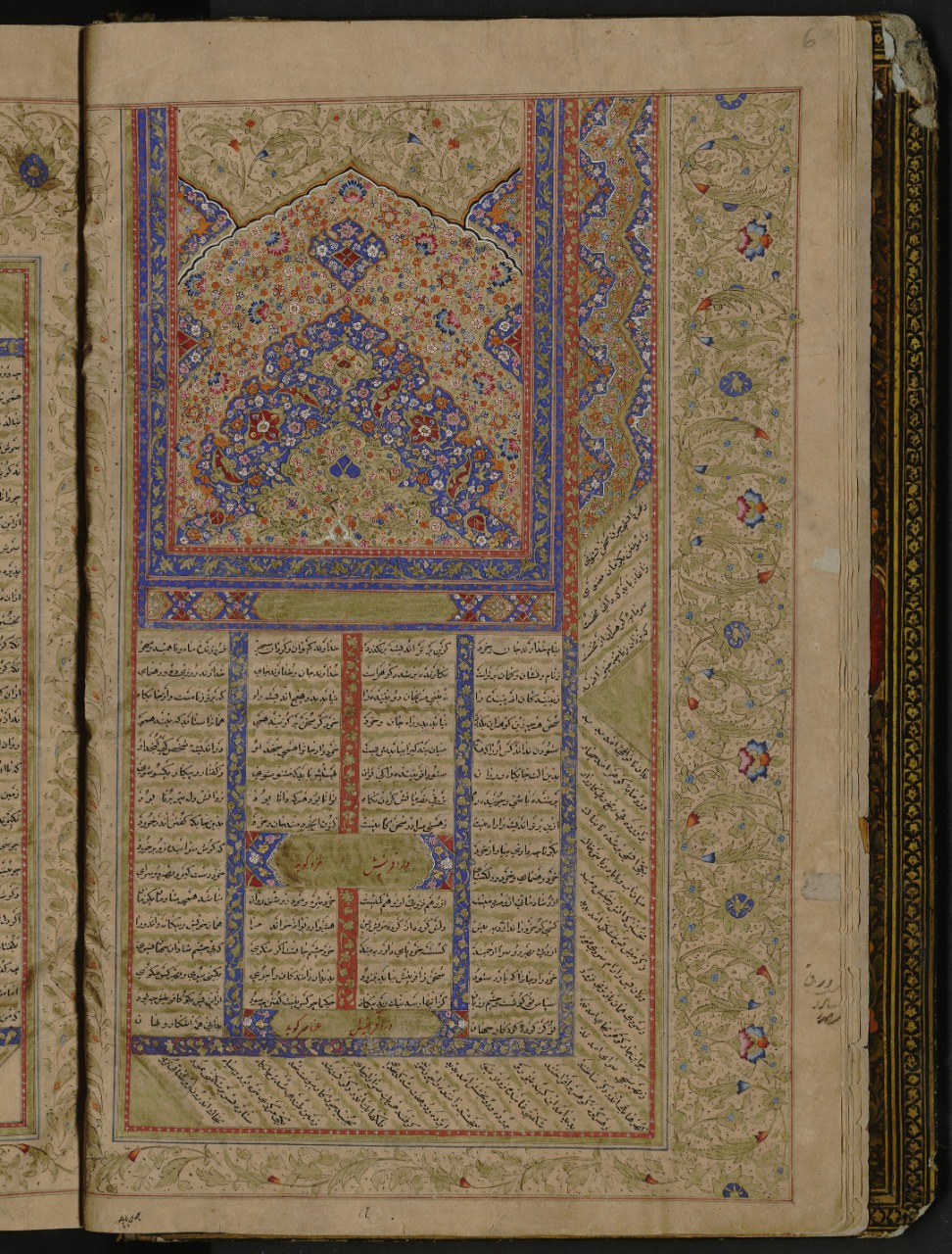

More images are available on the Cambridge Shahnama Project website.

